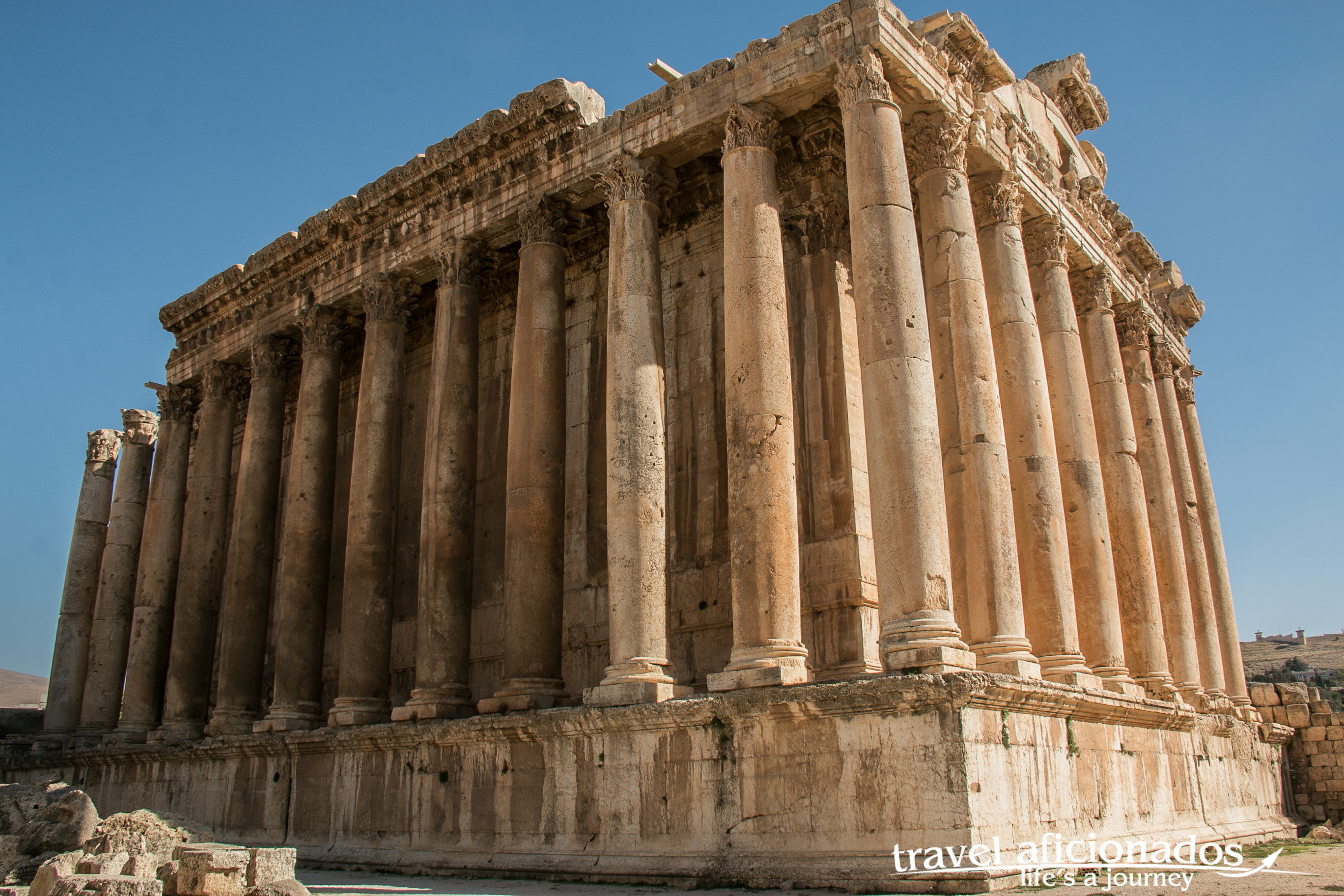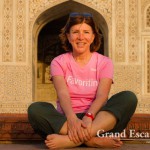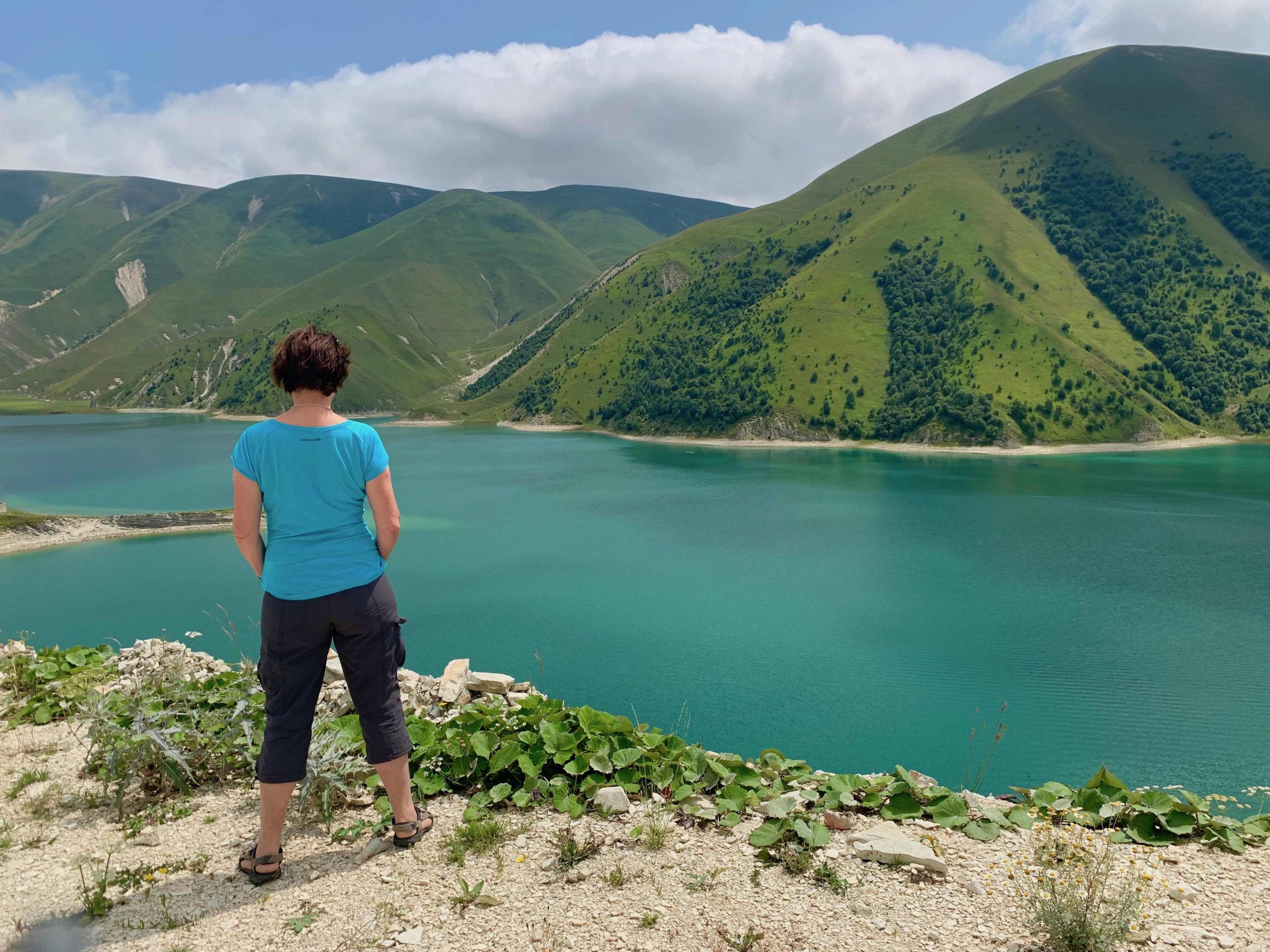
Author: Heidi Sequenz
Page 9/21

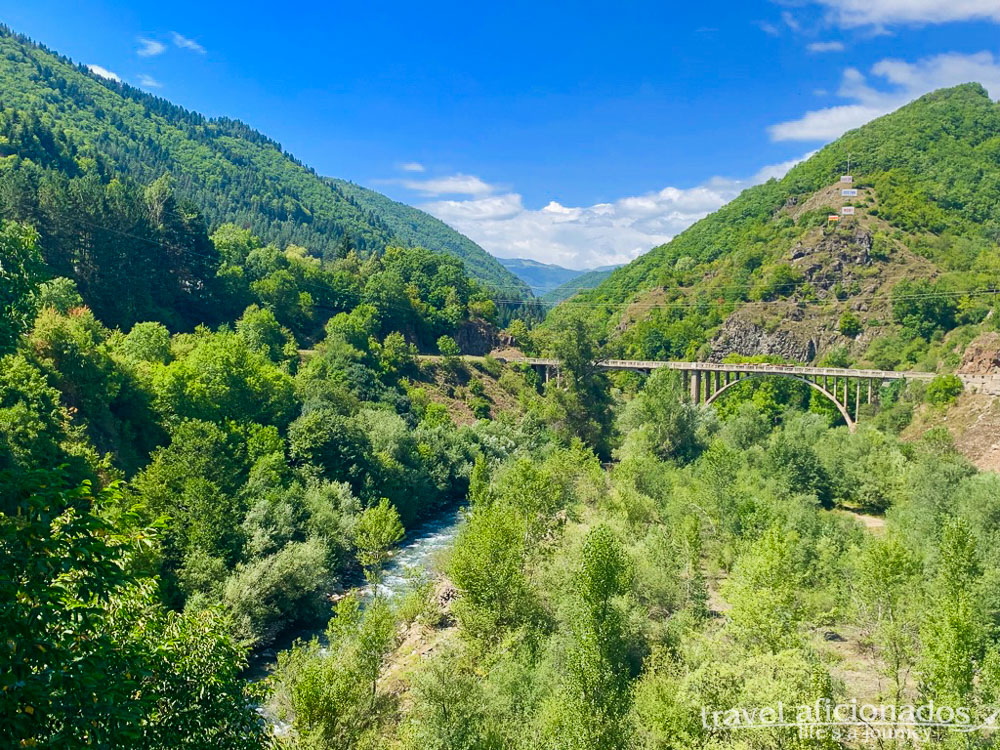
Allgemein, Middle East/Caucasus
South Ossetia – wild and isolated

North Ossetia – Birthplace of Mystical Alania
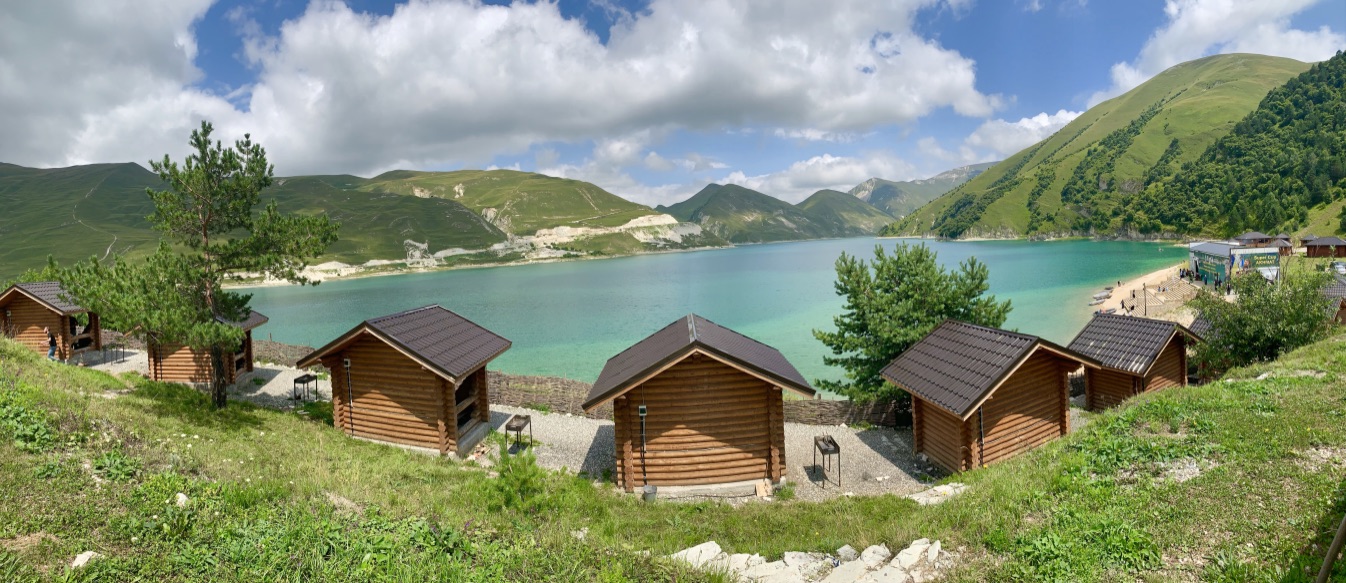
Chechnya’s Rebirth
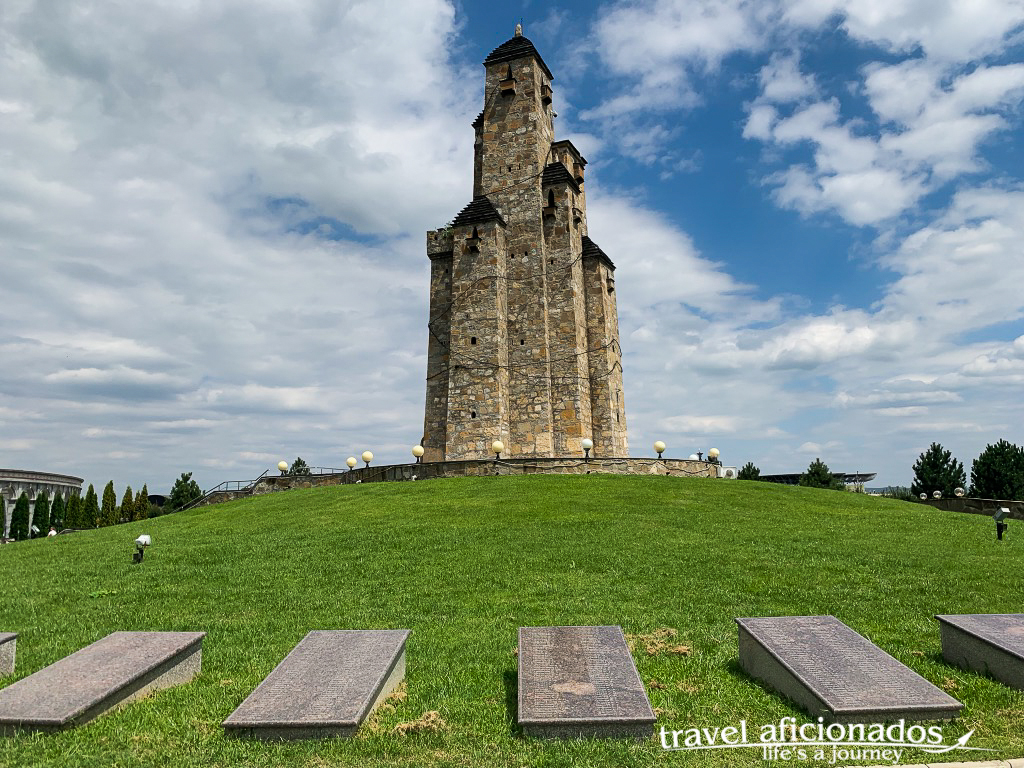
Small Ingushetia – tragic history

Dagestan – Land of Mountains
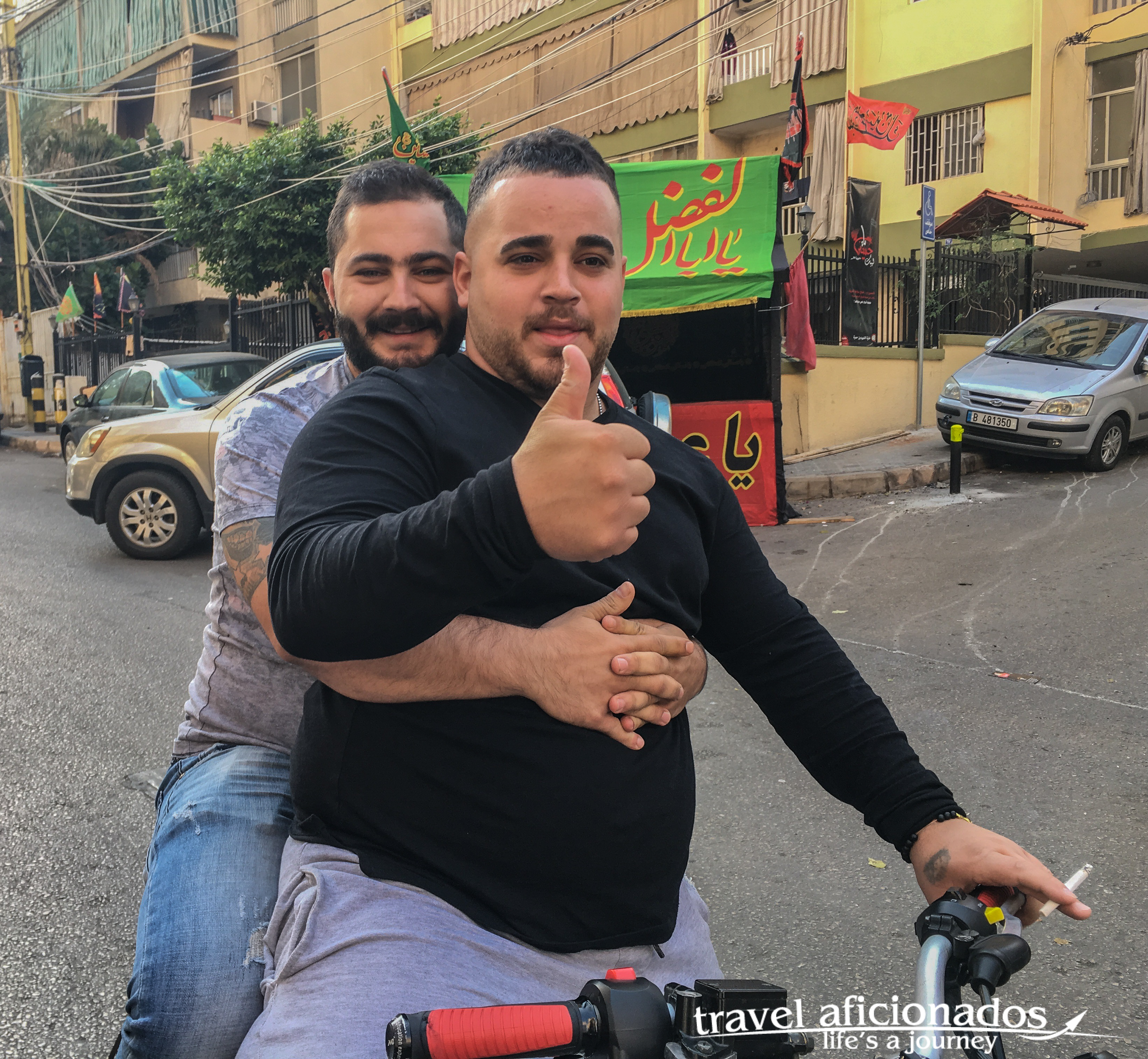
Lebanon – Biblical Land, crossroads of civilizations and party zone
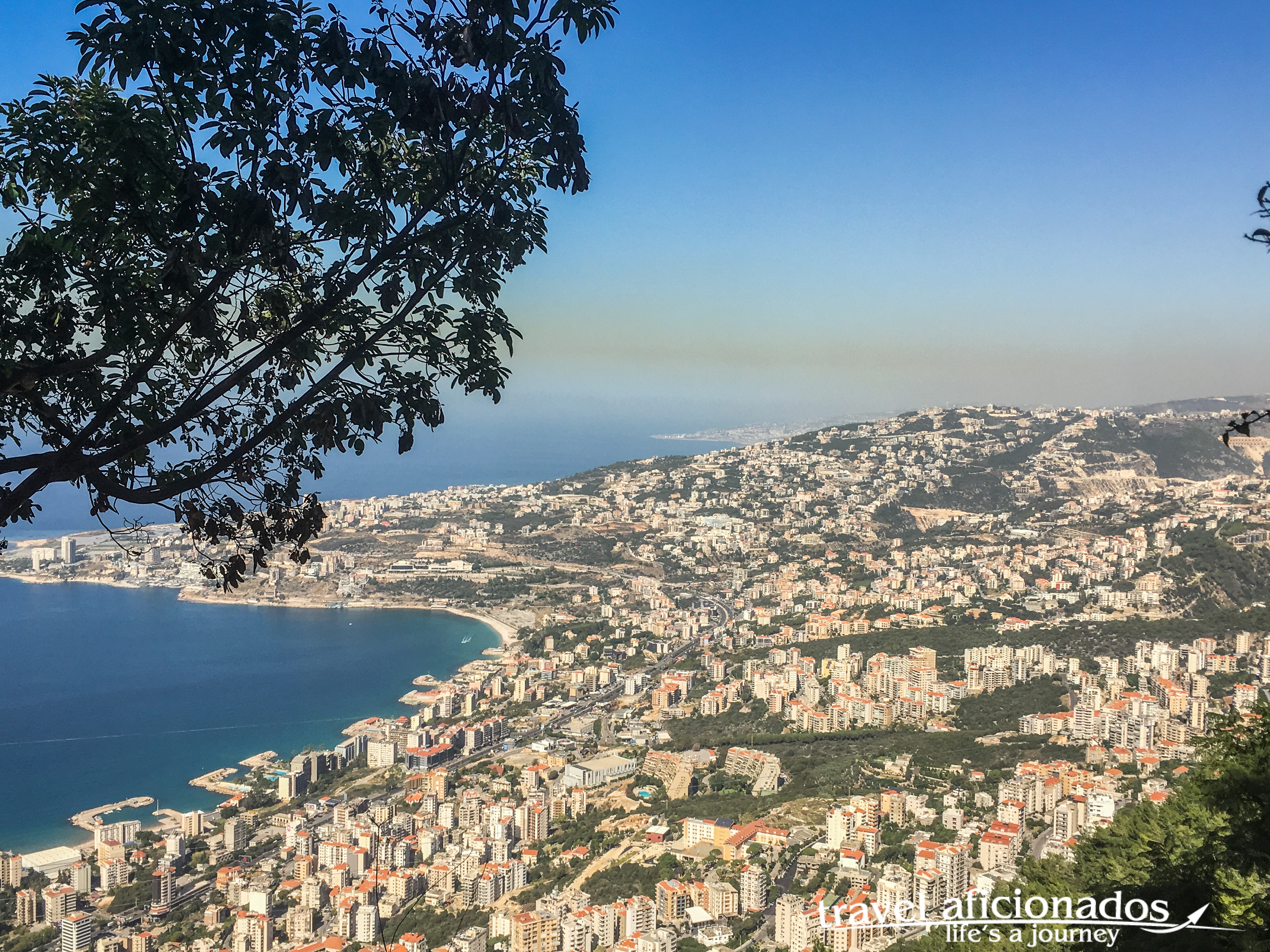
5000 years old Byblos and nearby Jeita Grotto
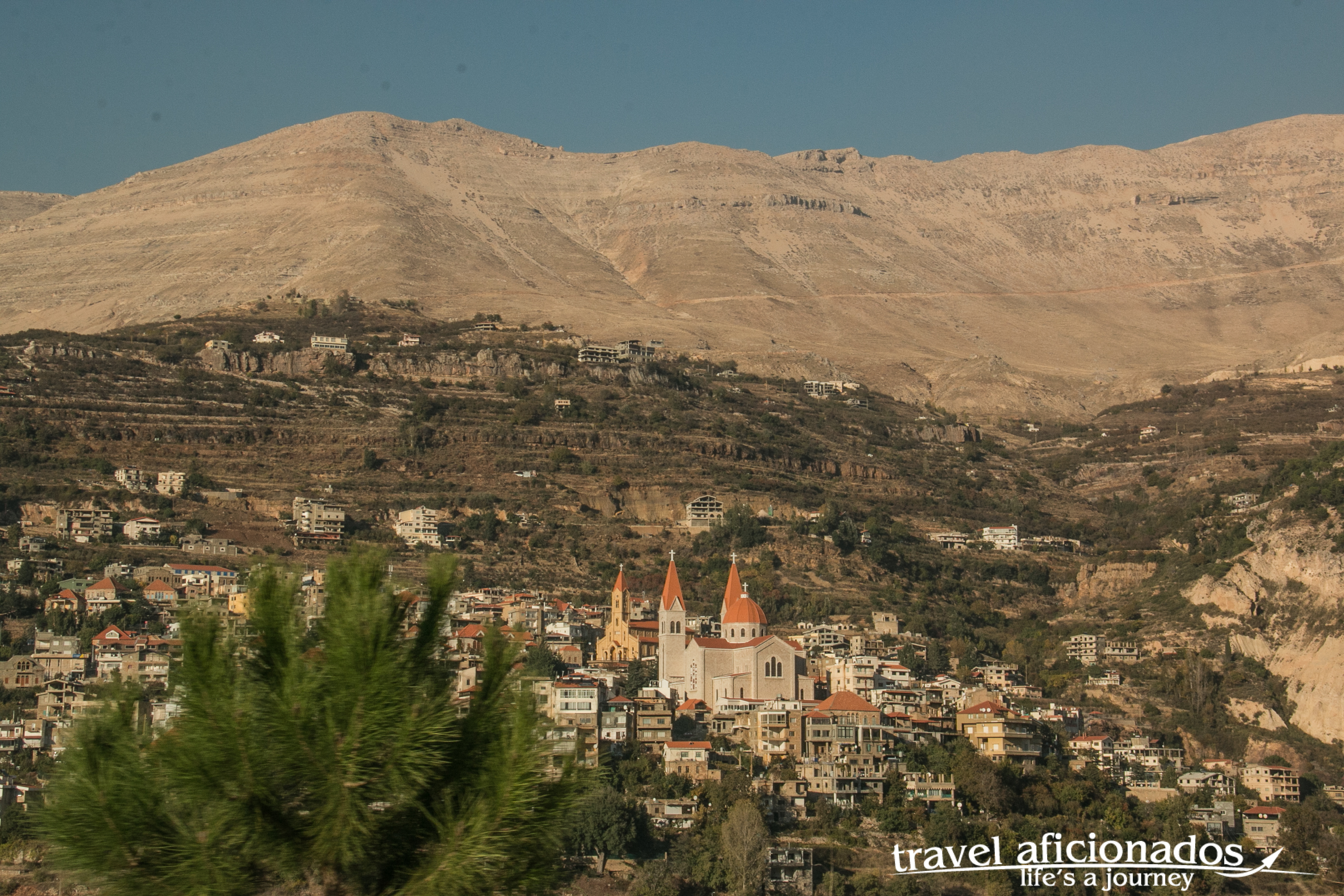
Quadish Valley – Christian Territory
